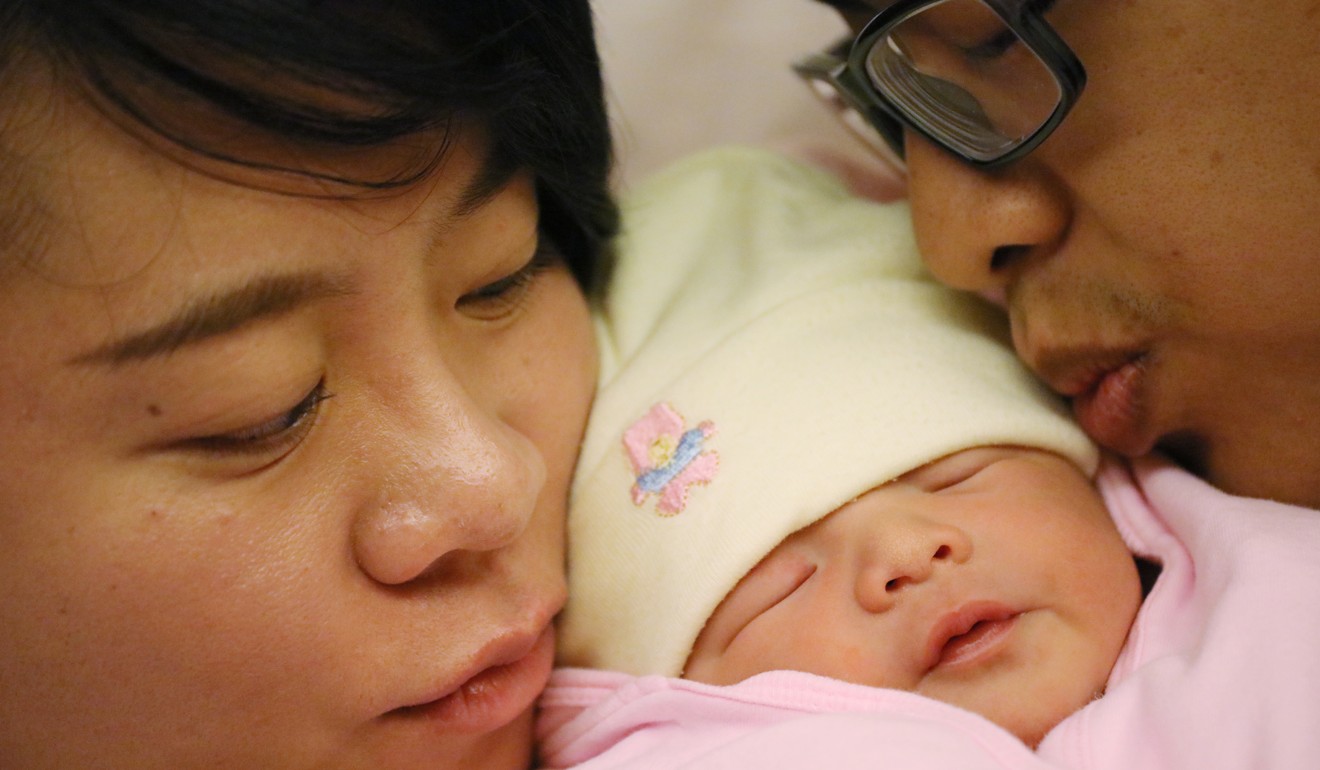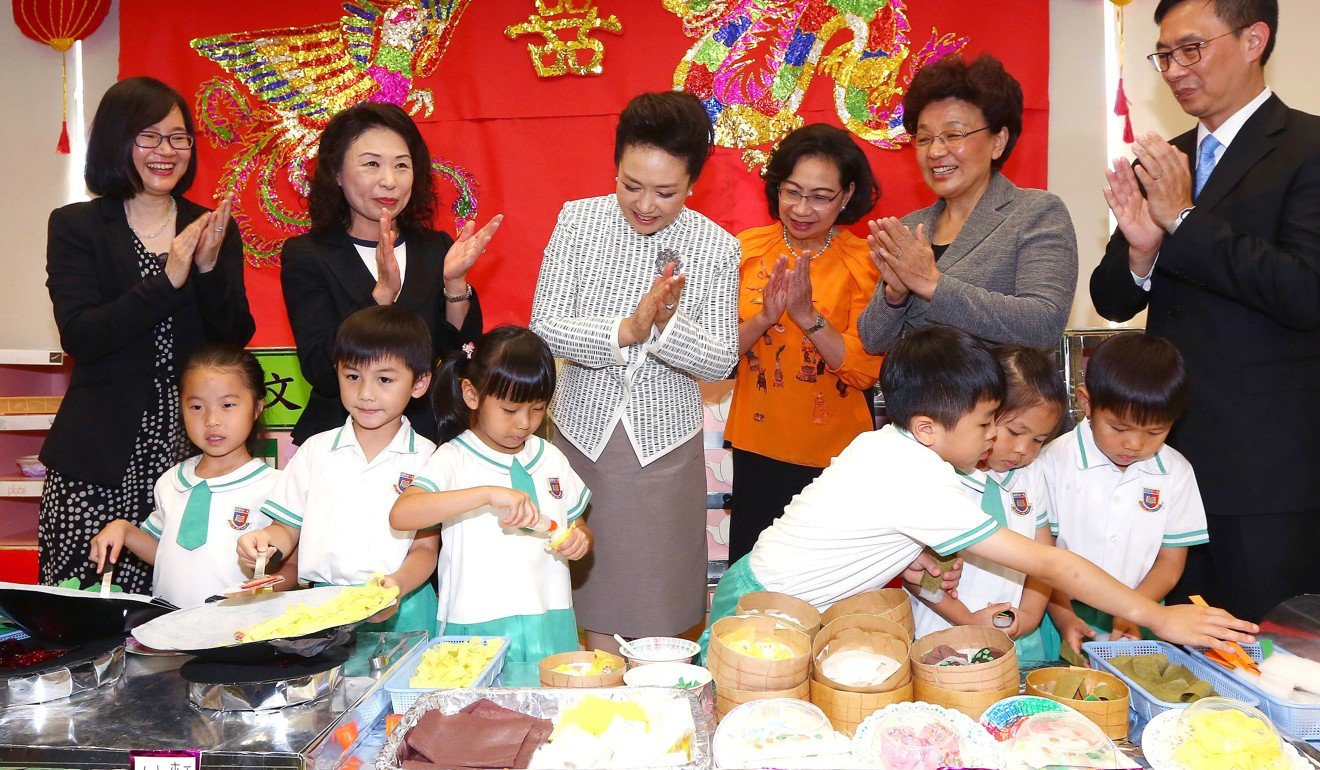
Hong Kong should make the best of being a low-fertility society
Paul Yip says high costs and changing social norms will keep Hong Kong stuck in a low fertility trap. Instead of focusing on trying to raise fertility rates, the city should also improve health, skills and education to meet the challenge
Is Hong Kong doomed to be a society of low birth rates and eventually declining population? Austrian demographer Wolfgang Lutz has put forward the hypothesis of a “low fertility trap” that illustrates the challenges we face. When fertility rates fall below a certain threshold, he says, it could be trapped at a level of around 1.2 children per woman, far below the replacement level of 2.1. This is not just due to the demographic transition of fewer marriages, but also the self-reinforcing changes in social attitudes towards family formation.
In Hong Kong, surveys show that the ideal family size is 1.6 children (that is, the number of children families want to have), while the total fertility rate is around 1.2 (the children they actually have). If the city’s youth aspire to have even fewer children, ideal family size will fall further, and so will the fertility rate.

Baby dearth: why rich societies like Hong Kong are committing demographic suicide
For example, the Korean government provides universal free childcare services to parents, and spent more than 61 trillion won (HK$424 billion) from 2011-2015, with little impact on improving women’s labour participation rate and fertility rate. It is going to spend another 108.4 trillion won from 2016-2020. The universal childcare service welcomes these initiatives as mitigating the pressure of raising families, but there is still little impact in raising fertility rates.
Taiwan has provided much support to families with more children, in the hope of reversing the fertility decline. Likewise, the Singaporean government has gone all out to promote marriage and fertility by offering affordable housing loans and other incentives.

Fertile ground for making Hong Kong a better place to raise a family
In Singapore and South Korea, population policy committees are housed in the prime minister’s and president’s office, respectively, to reflect strong government commitment. Singapore treats its population policy as a priority in the national policy agenda. With a population about 2 million short of Hong Kong’s, and 30 per cent non-permanent residents, it is a matter of survival for Singapore to maintain a sizeable, quality population.
About 28.4 per cent of respondents [to a Hong Kong survey] reported their ideal number of children was zero
Compared with other advanced Asian economies – Japan, South Korea, Singapore and Taiwan – Hong Kong has the lowest average ideal family size, of 1.6 children.
In Japan and Korea, the ideal is 2.4 and 2.2 children, respectively. Thus, even amid ultra-low fertility, the two-child norm is still very strong these countries, but appears to be eroding in Hong Kong.
In the latest survey by the Family Planning Association, about 28.4 per cent of respondents reported that their ideal number of children was zero, reflecting that nowadays in Hong Kong, a certain proportion of couples voluntarily choose to be child-free and live the DINK (double income, no kids) lifestyle. About 40.4 per cent reported that their ideal parity was one, while only 29.4 per cent reported that their ideal parity was two.
On the other hand, we enjoy one of the longest life expectancies in the world. With the workforce expected to shrink from 2018, we do need to plan ahead to avert crisis.

Given the challenges, Hong Kong’s fertility rate of about 1.2 is unlikely to see much improvement anytime soon. The average duration between marriage and the first birth is also getting longer, to about three years now. Apparently, the gap between the ideal and reality is also growing larger.
If we can’t see an end to the low fertility trap, perhaps we need to adjust our mindset for living with a low-fertility society, and improve on education, skills and health to offset the population size deficit.
By making Hong Kong an attractive place, we still can attract the right people with the right skills to maintain the city’s sustainable development.
Paul Yip is chair professor in the Department of Social Work and Social Administration at the University of Hong Kong

